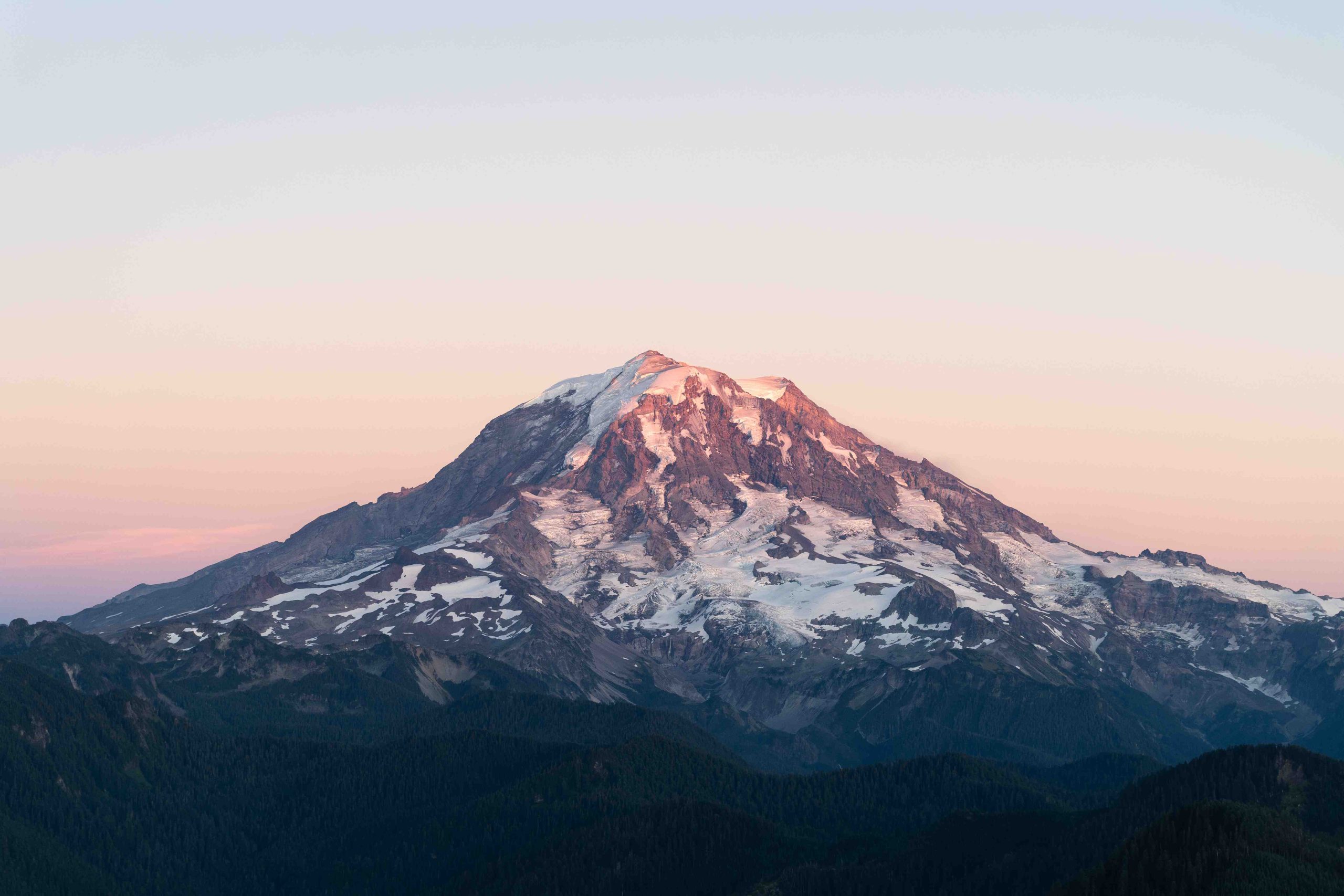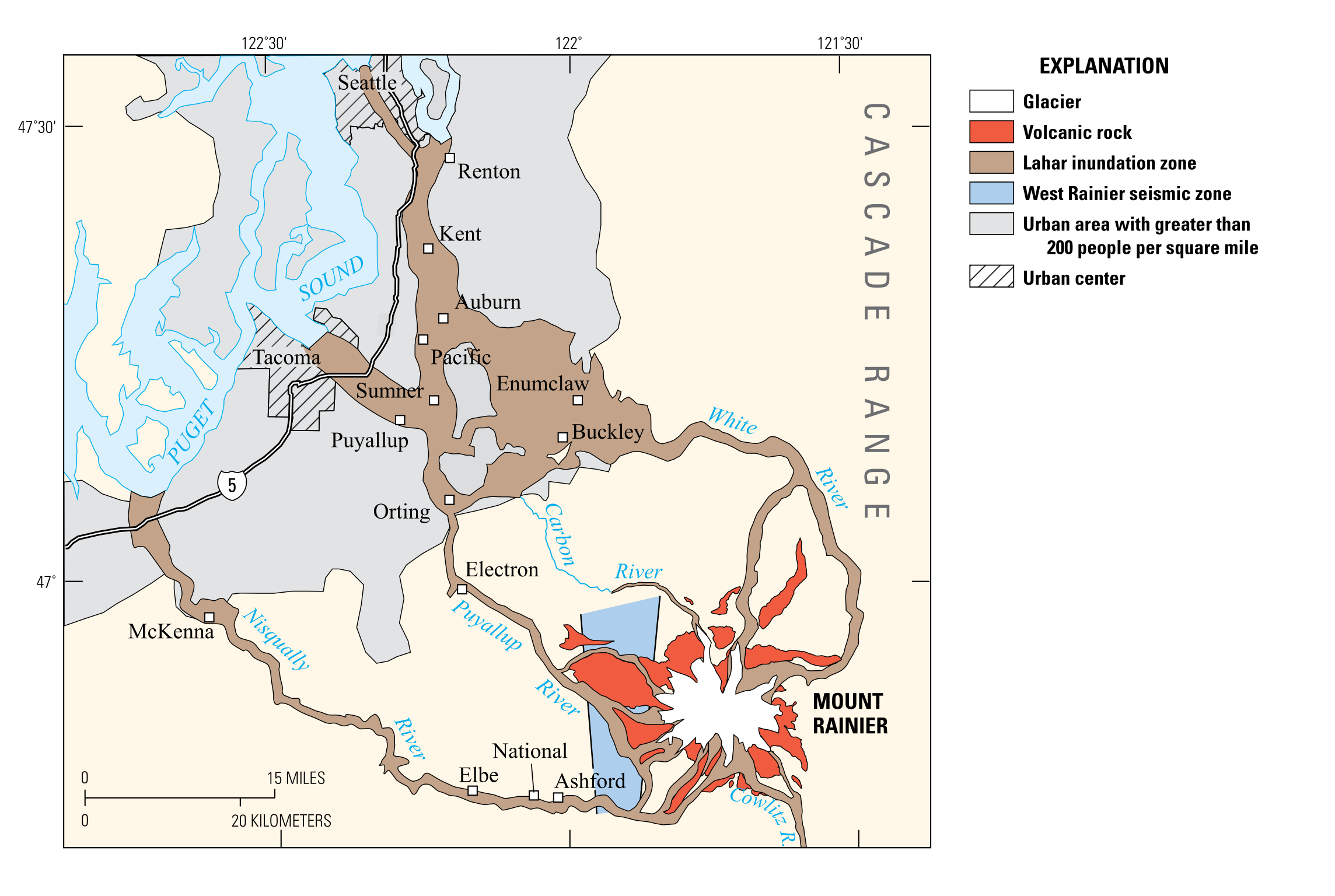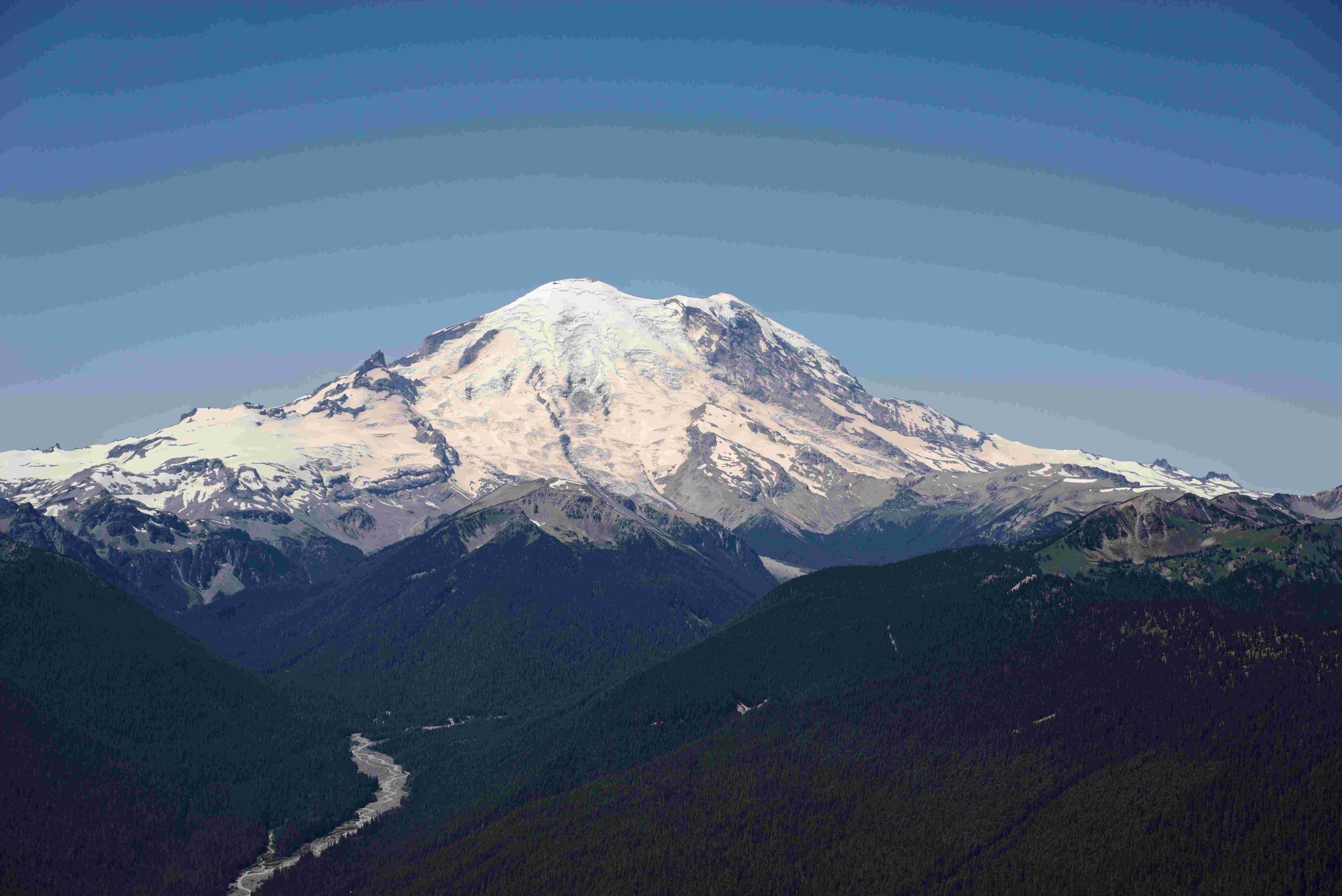Mount Rainier, standing at 14,411 feet, is a challenging and popular destination for climbers. This comprehensive guide covers essential information for those planning to climb Mount Rainier, including route details, permit requirements, gear checklists, and ascent logistics. Whether you’re a seasoned mountaineer or a first-time climber, this mount rainier climbing page provides valuable insights to help you prepare for your summit attempt.
What Are the Main Climbing Routes on Mount Rainier?

Mount Rainier offers several climbing routes, each with unique characteristics and challenges. Here’s an overview of the main routes:
-
Disappointment Cleaver/Ingraham Glacier Route
-
Difficulty: Basic Glacier Climb, Strenuous 5, Technical 5
-
Length: Approximately 15 miles
-
Elevation Gain: 8,790 feet
-
Estimated Ascent Time: Typically 2 days
This is the most popular summer route, starting from Paradise Ranger Station. Climbers follow the Muir Snowfield, Cowlitz, Ingraham, and Emmons Glaciers before ascending the Disappointment Cleaver or Ingraham Direct routes to reach the summit.
-
Emmons-Winthrop Glacier Route
-
Difficulty: Slightly more challenging than Disappointment Cleaver
-
Length: Similar to Disappointment Cleaver, different approach
-
Elevation Gain: Approximately 9,000 feet
-
Estimated Ascent Time: Typically 2 days
Starting from the White River Valley, this route involves ascending the Emmons and Winthrop Glaciers. Climbers traverse a rocky ridge to Camp Curtis and Camp Schurman, then follow the Corridor to the crater rim.
-
Kautz Glacier Route
-
Difficulty: Grade III, physically and technically challenging
-
Length: Varied, generally longer due to wilderness approach
-
Elevation Gain: Approximately 9,000 feet
-
Estimated Ascent Time: 4 days (2 days for very fit climbers)
This route is best suited for experienced mountaineers, involving technical ice climbing and glacier travel. It offers two approaches: Wapowety Cleaver and Van Trump Park.
-
Liberty Ridge Route
-
Difficulty: Grade IV, most challenging and dangerous route
-
Length: Approximately 10,000 vertical feet
-
Elevation Gain: 10,000 feet
-
Estimated Ascent Time: Typically 4 days
Reserved for advanced climbers, this route includes snow and rock climbing, ice pitches, and mixed climbing. It begins along the Glacier Basin Trail and traverses Willis Wall to reach Liberty Cap Glacier and the summit.
How Do I Obtain a Mount Rainier Climbing Permit?

To climb Mount Rainier, you must obtain a climbing permit from Mount Rainier National Park. Here’s what you need to know:
-
Cost
: $51 per person, plus a $30 per person reservation fee for advance bookings
-
Application Timeline
: Reservations open on March 15th each year for the upcoming climbing season
-
Seasonal Considerations
: While there are no specific seasonal restrictions, permits are limited to manage climber numbers. The best climbing season is typically June to September for the Disappointment Cleaver route, and early season for other routes before significant snow melt
It’s highly recommended to reserve in advance as spots fill up quickly. For detailed information and to apply for permits, visit the Mount Rainier National Park website.
What Gear Do I Need for Climbing Mount Rainier?
A comprehensive gear list is crucial for a safe and successful climb. Here’s an essential Mount Rainier climbing gear checklist:
-
Crampons
-
Ice Axe
-
Harness
-
Helmet
-
Ropes and Anchors
-
Crevasse Rescue Gear (pulleys, carabiners)
-
First Aid Kit
-
Navigation Tools (map, compass, GPS)
-
Shelter and Bivvy Gear (tent, sleeping bag, bivvy sack)
-
Cooking Gear (stove, fuel, pot, utensils)
-
Appropriate Clothing (insulated layers, waterproof jacket and pants, gloves, hats)
While specific brands aren’t mandatory, popular choices include Black Diamond for crampons and ice axes, Petzl for headlamps, and Arc’teryx for clothing.
Local rental options are available from outfitters like the Mount Rainier Climbing Program at Ashford, or gear shops in nearby areas such as Tacoma or Seattle.
What Should I Know About Summit Ascent Logistics?
Understanding the logistics of a Mount Rainier summit ascent is crucial for a safe and successful climb. Here are key factors to consider:
Weather Conditions
Mount Rainier’s weather can be unpredictable and harsh. Climbers should be prepared for:
-
Snow and ice
-
High winds
-
Low visibility
-
Sudden weather changes
Early in the season, weather tends to be more stable, but later months bring increased risks of rockfall and crevasse openings.
Best Climbing Seasons
|
Route |
Best Season |
|---|---|
|
Disappointment Cleaver |
June to September |
|
Other Routes (e.g., Liberty Ridge) |
Early season before significant snow melt |
Potential Hazards and Challenges
-
Crevasse Danger
: Mount Rainier’s glaciers are heavily crevassed, requiring careful navigation and crevasse rescue skills.
-
Severe Weather
: Be prepared for snowstorms and high winds that can develop rapidly.
-
Exposure
: Climbers face significant exposure to steep terrain and potential rockfall.
-
Altitude Sickness
: Given the high elevation gain, climbers should be aware of and prepared for altitude-related illnesses.
How Can I Prepare Physically for Climbing Mount Rainier?
Proper physical preparation is crucial for a successful and safe climb of Mount Rainier. Here’s a guide to help you prepare:
-
Cardiovascular Endurance
:
-
Engage in activities like hiking, running, or cycling for at least 1-2 hours, 3-4 times a week
-
Gradually increase duration and intensity over time
-
Strength Training
:
-
Focus on leg strength with exercises like squats, lunges, and step-ups
-
Include core strengthening exercises such as planks and Russian twists
-
Aim for 2-3 strength training sessions per week
-
Altitude Acclimatization
:
-
If possible, spend time at higher elevations before your climb
-
Consider using an altitude training mask during workouts
-
Practice Hikes
:
-
Carry a weighted backpack during hikes to simulate climbing conditions
-
Gradually increase the weight and duration of your practice hikes
-
Flexibility and Recovery
:
-
Incorporate stretching and yoga to maintain flexibility
-
Ensure adequate rest between workouts to prevent injury
Remember, it’s recommended to start your training regimen at least 3-6 months before your planned climb, depending on your current fitness level.
What Are the Best Resources for Learning Mountaineering Skills?
Developing proper mountaineering skills is essential for climbing Mount Rainier safely. Here are some valuable resources:
-
Mountaineering Courses
:
-
REI Outdoor School offers mountaineering basics courses
-
The American Alpine Institute provides comprehensive mountaineering training
-
Books
:
-
\”Mountaineering: The Freedom of the Hills\” by The Mountaineers
-
\”Glacier Mountaineering: An Illustrated Guide to Glacier Travel and Crevasse Rescue\” by Andy Tyson
-
Online Resources
:
-
American Alpine Club’s online education center
-
YouTube channels like \”ClimbingTechTips\” for technique demonstrations
-
Local Climbing Gyms
:
-
Many offer classes on rope skills and climbing techniques
-
Guided Practice Climbs
:
-
Consider joining guided climbs on smaller peaks to practice skills in a supervised environment
Remember, hands-on experience is invaluable. Practice your skills regularly in safe environments before attempting Mount Rainier.
How Do I Choose a Guide Service for Mount Rainier?
If you’re considering using a guide service for your Mount Rainier climb, here are factors to consider when making your choice:
-
Accreditation
: Look for guide services accredited by the American Mountain Guides Association (AMGA)
-
Experience
: Choose companies with extensive experience on Mount Rainier
-
Safety Record
: Research the company’s safety history and protocols
-
Group Sizes
: Smaller groups often provide more personalized attention
-
Client Reviews
: Read testimonials from previous clients
-
Guide Qualifications
: Ensure guides are certified and experienced
-
Itinerary and Acclimatization
: Compare itineraries and acclimatization plans
-
Equipment Provided
: Check what equipment is included and what you need to bring
-
Cost
: Compare prices, but remember that the cheapest option isn’t always the best
-
Additional Services
: Some companies offer skills training as part of their package
Popular guide services for Mount Rainier include:
-
Rainier Mountaineering, Inc. (RMI)
-
Alpine Ascents International
-
International Mountain Guides (IMG)
Always book with a reputable company and don’t hesitate to ask questions about their services and safety measures.
By thoroughly preparing and understanding what to expect, you’ll be well-equipped for your Mount Rainier climbing adventure. Remember to respect the mountain, follow Leave No Trace principles, and prioritize safety at all times.
References:

